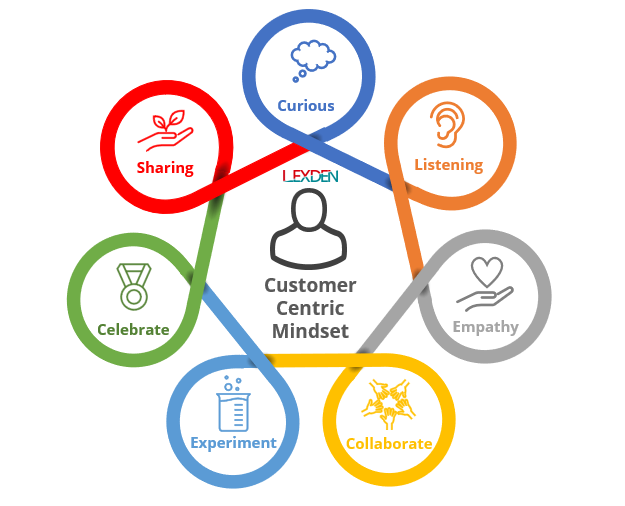Join us for an insightful webinar on Curiosity in CX Leadership! Discover practical strategies to drive innovation and success in Customer Experience. Hosted by Christopher Brooks and Tom Kerr.
March 22, 12:30 PM GMT
What you will learn
Delve into the power of curiosity and its pivotal role in driving innovation and success within the realm of Customer Experience leadership.
Expect to learn:
| The psychology of curiosity, how it influences learning and decision-making | |
| Practical techniques to cultivate curiosity in yourself and your team | |
| Real-world examples of how curiosity can transform your approach |
Learn from industry experts
Join Christopher and Tom for a discussion and Q&A on enhancing your customer experience leadership through trained curiosity.

Christopher Brooks
MD, Lexden Group
Customer strategist with 20+ years’ experience, focusing on customer-centric outcomes. MD at Lexden CX, specialising in CX programmes, culture transformation, and insight optimisation. Host of CX Superheroes podcast, regular judge and panellist, and creator of CX board game. Founder of the CX World Games and passionate about improving CX for customers, employees, and society.

Tom Kerr
Researcher & Fellow of the MRS
Tom, founder of Thought Research and Treasurer of AURA Insight since 2015, is a respected leader in the UK market research sector, having held senior insight roles in major UK banks. With a focus on translating human behaviour into business improvement, Tom’s expertise is widely recognised, earning him a Fellowship of the Market Research Society in 2015.
Part of our Customer-Centric Mindset Series:
The 7 Superpowers of CX Leaders

Drawing from 17 years of CX expertise across 200+ countries, and insights from CX leaders through our podcasts and interviews, we’ve identified 7 core behaviours from the leading lights in CX. Much like muscles, these traits—curiosity, empathy, listening, experimentation, celebration, sharing, and collaboration—can be learned and strengthened. Join us to unlock the power of these traits for exceptional customer experiences.